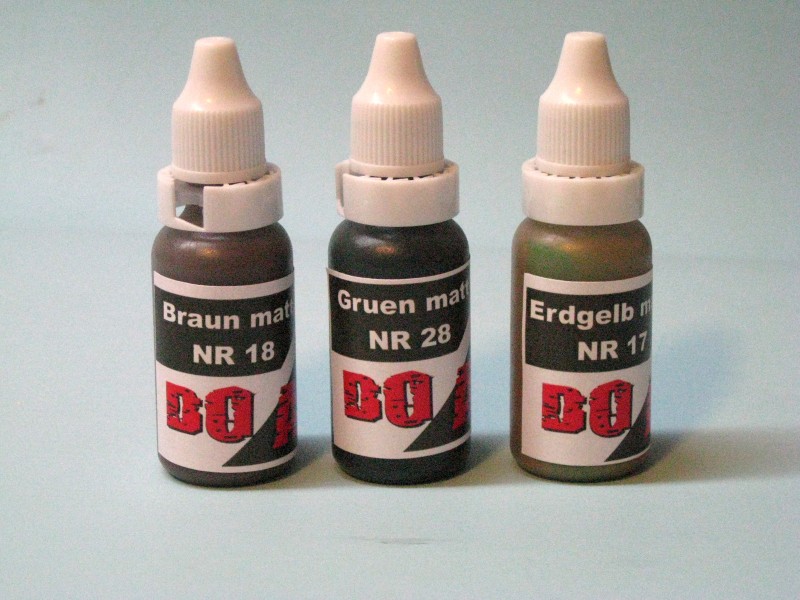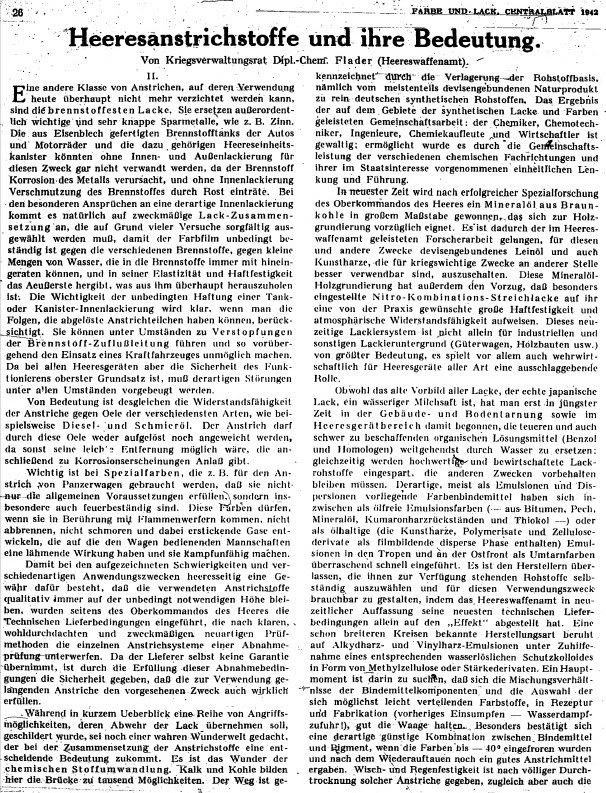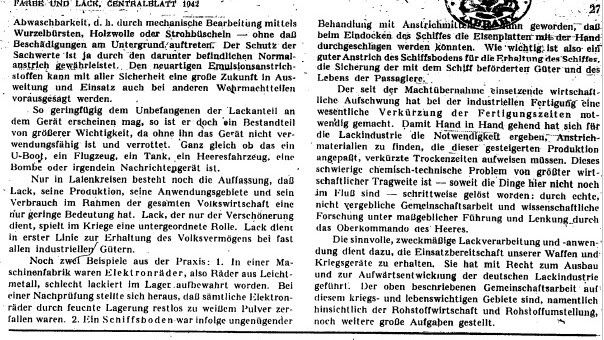Mark,
I appreciate your passion, but do not agree with you on a number of points. It's also unclear whether you are disputing just the pre-war and Early-war color scheme of
Dunkelbraun Nr.45 and
Dunkelgrau Nr.46 promulgated in July, 1937, or the
feuersicher Buntfarbenanstrich scheme this paint set provides. I presume the former, so I would ask you to perhaps start another thread about that and not hijack this one, which is about the paint used for the decade from 1927-1937.
Regarding photography, I made a living for a number of years off of photography, so I know the difference between a coated and an uncoated lens, the various film grades and how they've improved over the years, etc. I'm confident that the Germans would not have repainted vehicles painted bi-color gray & brown camo to just gray until there was an order to do so. I would never stipulate that NO vehicle was painted just gray because of a $%#@-up, but I'm confident that in Poland and France, the vehicles were brown and gray. Your mileage may differ.
Why is it important to get modelers to accept that? Because it's simply been easier to go with Panzer gray for generations rather than do the work. Now that work is being done. I welcome those who continue to work on this subject, and history has an alarming way of turning up answers we didn't expect as more information is uncovered. It's not a question of guts, either, just someone with the time and resources to run this down. Those of us who still work for a living have to accept the verdict of evidence SO FAR TO DATE, and for me, that's a bi-color camo in the Early War period.
Quoted Text
Why is Chory's book with real pigmented paint chips not mentioned? Or his opinions? (That solid grey was the prevalent color in both Poland & France).
I am not familiar with the book, but have added it to my "wish list" of items to purchase.
Quoted Text
4) "Most experts now agree..". Experts? Who?
I don't see any point in playing "my source will kick your source's ass" but I was looking through
German Half-Tracks of World War Two v. 2 for another thread. I can look for more, but I doubt I'm going to convince you.
But thanks for dropping in, your contribution is appreciated.











































